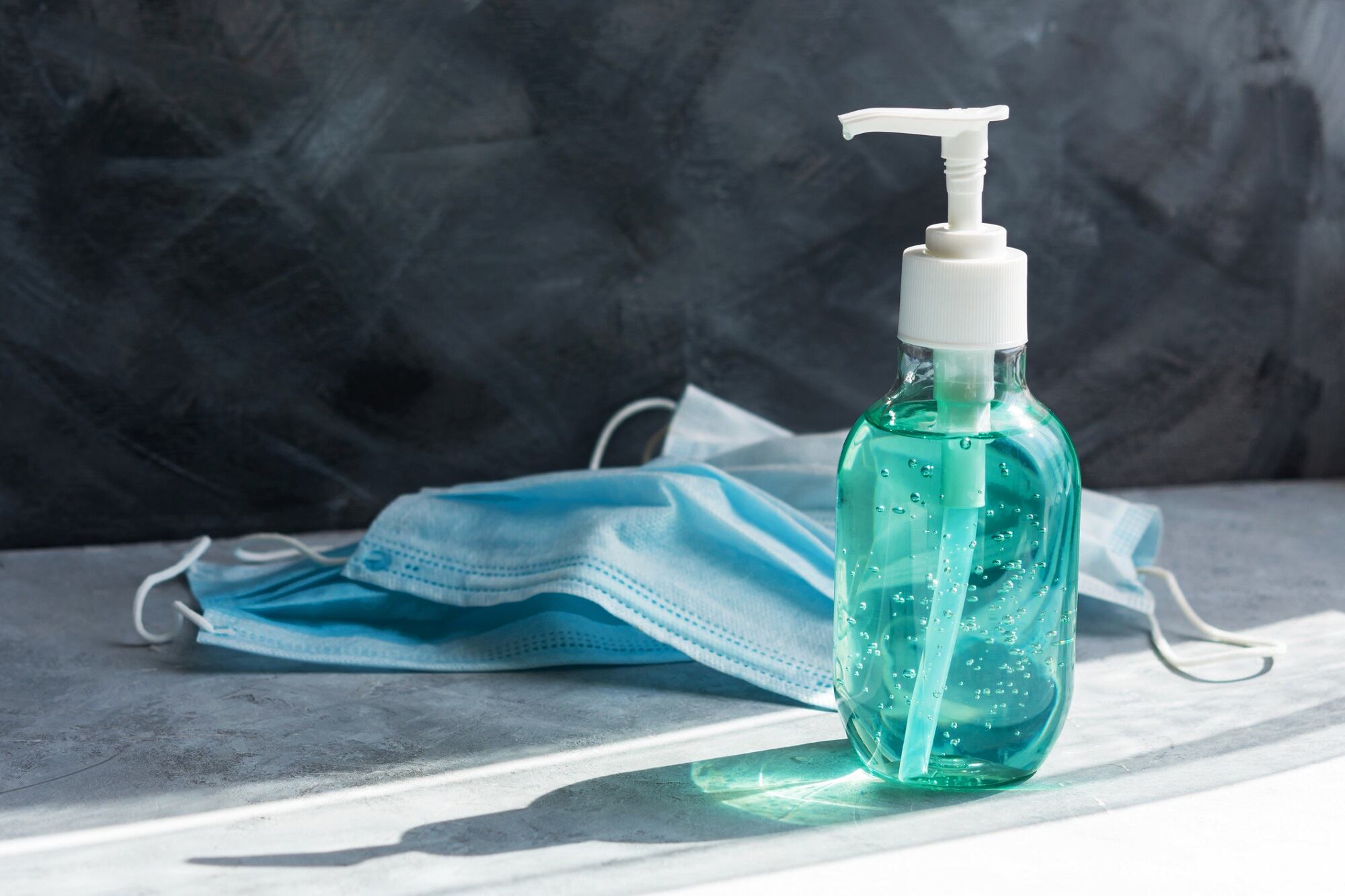COVID-19 is known to have skin manifestations both as symptoms and related to PPE. A study published in Cosmetics provides an extensive summary of literature regarding COVID-19 and skin conditions.
In addition to cutaneous symptoms and PPE-related skin conditions, the authors discuss vitamin D deficiency and demographics.
“It is a first-of-its-kind review article that has extensively covered the impact of the COVID-19 pandemic on the skin,” the authors write.
Cutaneous symptoms of COVID-19
The most common cutaneous symptom of COVID-19 is chilblain-like lesions, also referred to as “covid19 toes.” The red to purple blisters are most commonly found on toes but can also appear on fingers. Maculopapular lesions, a rash on the trunk of the body that can cause itching and scaling, was second most common. Also found were urticaria lesions, red welts or plaques found on the trunk and limbs that itch.
In children, cutaneous symptoms were often the first signs of COVID-19 infection. According to the authors, 15% of children with the omicron variant developed a rash.
Vitamin D deficiency and COVID-19
A correlation between blood levels of vitamin D and COVID-recovery was found. Individuals with high levels of vitamin D had decreased hospitalization lengths and lower D-dimer levels, an indicator of blood clots.
C-reactive protein, which is a marker of inflammation in the body, was also decreased in those with high vitamin D levels, “suggesting that vitamin D might have an impact on preventing the progression of inflammation to acute respiratory distress syndrome.”
The authors also analyzed literature to determine a link between the COVID-19 pandemic and sunscreen utilization. One study reported a decreased utilization of sunscreen during the pandemic, while another reported similar usage. However, “lockdowns during the pandemic impacted our regular sun exposure and, thus, our biological mechanisms for adapting to sunlight,” the authors write. “In this way, UV protection after lockdowns becomes even more imperative, considering the potential increased exposure to UV radiation.”
Demographics and cutaneous symptoms
A link between race and cutaneous symptoms was found, with Caucasian people more commonly showing cutaneous symptoms. Both urticaria and chilblain-like lesions were reported in relatively slow percentages for non-white people in several studies.
One study of 318 COVID-19 patients with chilblain-like lesions found only 0.7% of cases to be Black or African and 10.7% to be non-white people. Another survey in Brazil of 1429 COVID-19 patients found chilblain-like and urticaria-like symptoms were more common in white patients, while they were rare occurrences in non-white people.
However, it is worth noting that other studies found severe symptom development associated with COVID-19 was more reported for Black, Asian, Minority Ethnic and non-white ethnicity people (BAME) than Caucasians. According to a UK study, more than 30% of COVID-19 patients who require intensive care are of BAME background.
Hygiene and PPE-associated skin damage
Hand sanitizers and other convenient sanitization products showed a marked increase in use during the COVID-19 pandemic. “Interestingly, hand sanitizers make it much easier to clean your hands,” the authors write, “but they can affect the skin’s microbiota and produce adverse effects on the skin.” Adverse reactions to disinfectants were also reported, ranging from irritant contact dermitis to allergies contact dermatitis.
Personal protective equipment (PPE) also showed a marked increase in use during the pandemic. It can cause skin barrier damage — and subsequent dermatoses such as contact dermatitis, acne vulgaris and urticaria — skin irritation and a change in skin characteristics. One study found significant changes in transepidermal water loss, skin pH, temperature and redness after mask use for six hours. And two weeks of mask use resulted in changes in pore size, skin elasticity and acne lesions.
Source: Cosmetics
2023, 10(1), 34; https://doi.org/10.3390/cosmetics10010034
“The Pandemic and Your Skin—Direct and Indirect Impact of COVID-19”
Imran, M., et al

